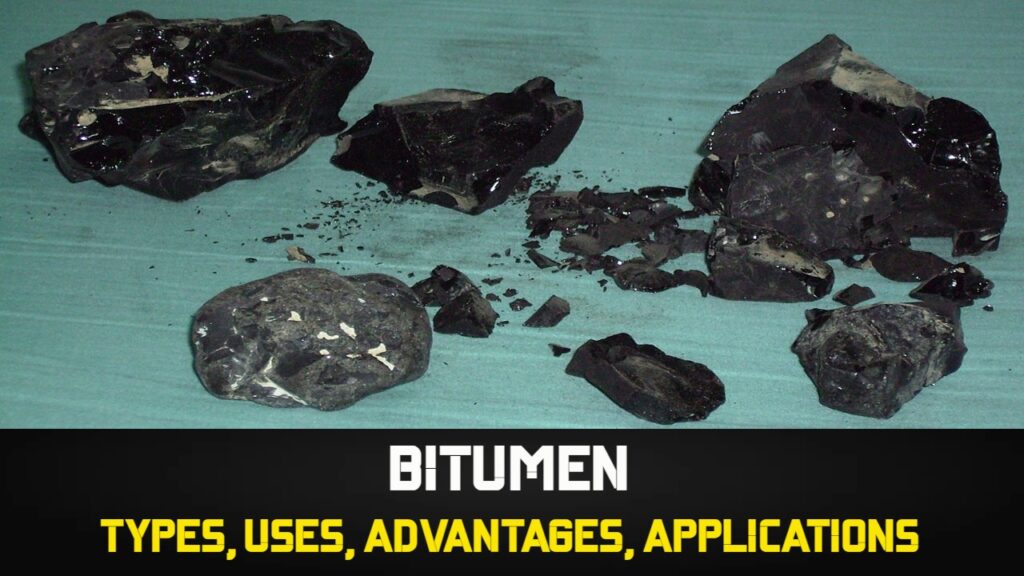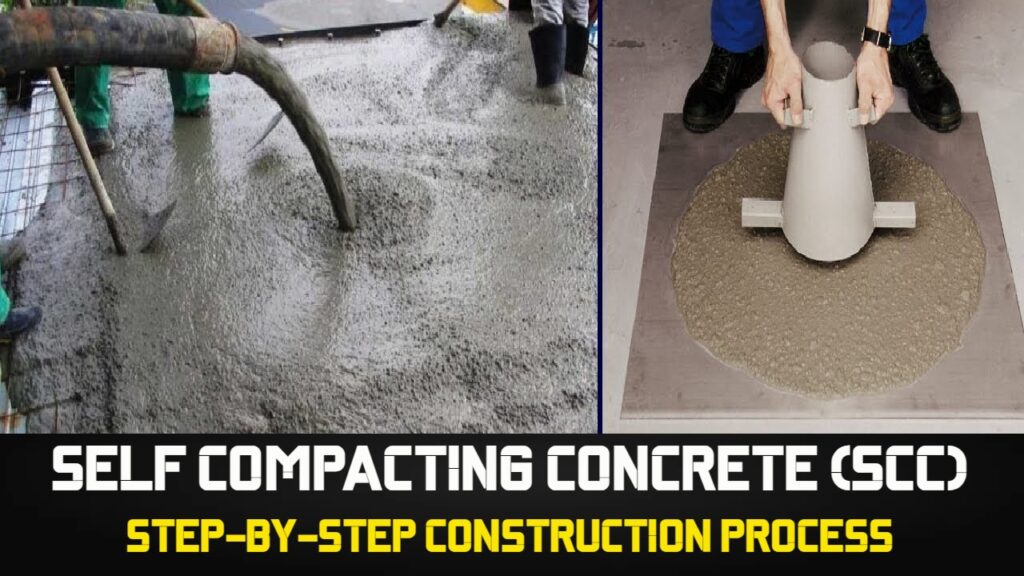White cement, a specialized variant of Portland cement, has gained significant traction in the construction industry due to its unique properties and aesthetic appeal. In this article, we will delve into the various aspects of white cement, including its uses, types, advantages, disadvantages, importance in construction, future trends, and conclude with a comprehensive overview.
Contents
Types of White Cement
Ordinary White Cement
Ordinary white cement is the most commonly used type of white cement. It finds its application in a wide range of construction projects, including residential, commercial, and industrial. Its versatility, combined with its aesthetic appeal, makes it a popular choice for both interior and exterior applications.
White Masonry Cement
White masonry cement is specifically designed for masonry work. It is formulated to provide excellent adhesion and durability when used in mortar for brick, block, and stone masonry. This type of white cement ensures a consistent color match in the mortar joints, enhancing the overall appearance of masonry projects.
White Portland Cement
White Portland cement is a premium quality cement known for its exceptional whiteness. It is suitable for various decorative and architectural applications, including terrazzo, stucco, and precast products. Its high compressive strength and low alkali content contribute to its longevity and durability.
White Plaster Cement
White plaster cement is specifically designed for creating smooth and white plaster coats on walls and ceilings. It provides an excellent base for painting and decoration, offering a clean and bright finish. Its workability and adherence properties make it a favorite among plastering professionals.
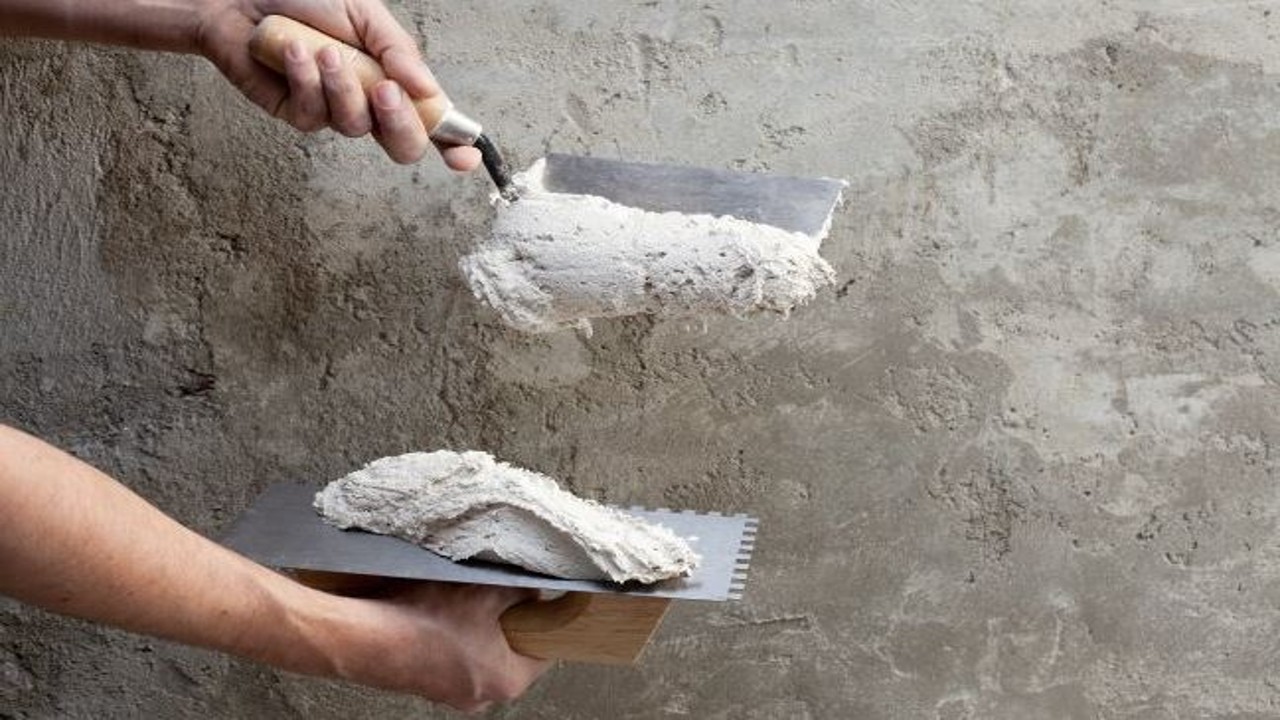
White Colored Cement
White colored cement is a specialized type that can be pigmented to achieve a wide range of colors. This versatility makes it ideal for artistic and decorative applications, such as colored concrete, faux stone, and various artistic sculptures.
Stay tuned for the continuation of this article, where we will explore the properties, advantages, and diverse applications of white cement.
- Also Read: Cement Test: Exploring 8 Different Types of Cement Tests
- Also Read: How to Calculate 1 Bag (50kg) Cement Volume in CUM CFT Litre?
Advantages of White Cement
White cement offers a range of advantages that make it a sought-after construction material in various projects. Its unique properties and characteristics set it apart from traditional gray cement. Let’s explore some of the key advantages of using white cement:
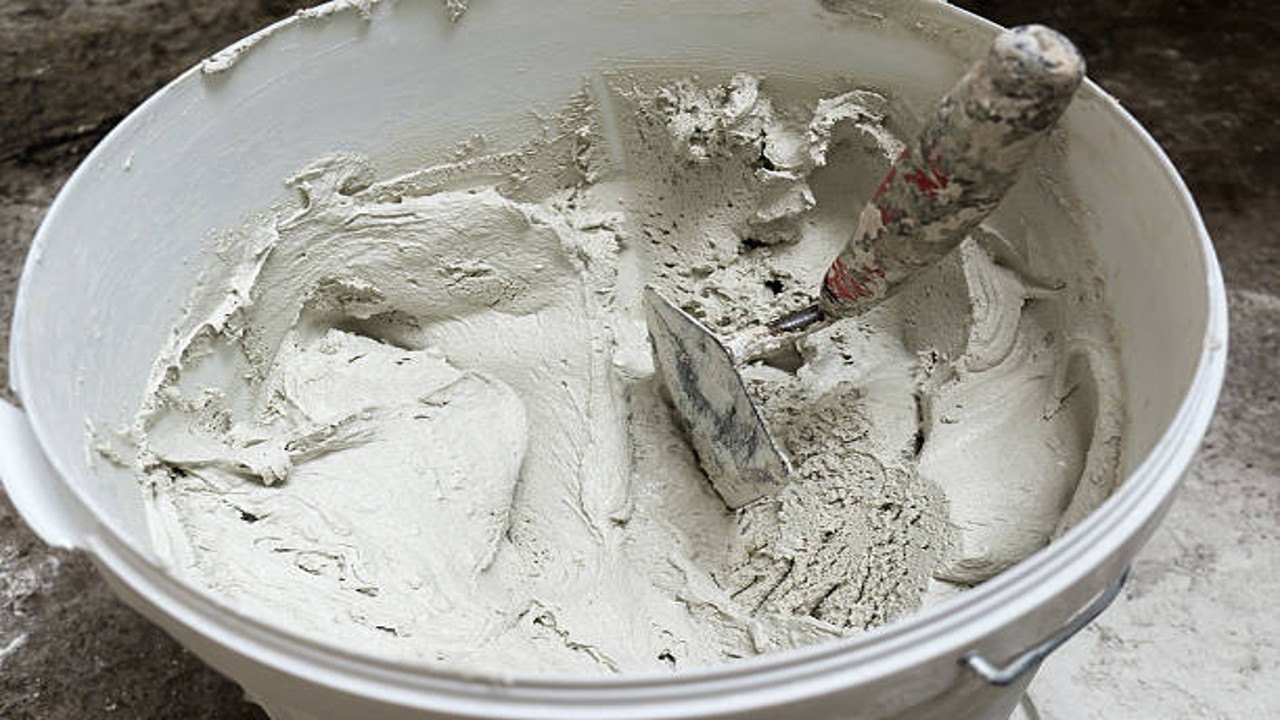
Aesthetic Appeal
The most apparent advantage of white cement is its pristine and clean appearance. It provides a bright and elegant canvas for architectural and decorative applications, allowing designers to achieve specific color tones and aesthetics.
Design Flexibility
White cement’s neutral color serves as an excellent base for creating a wide range of colors. It can be easily pigmented to achieve desired shades, making it ideal for decorative and artistic projects where color variation is crucial.
Architectural Excellence
White cement is a favorite among architects and designers for creating iconic structures. Its use in facades, columns, and intricate architectural details enhances the visual appeal of buildings, adding a touch of sophistication.
Durability and Longevity
Just like gray cement, white cement offers exceptional durability. It can withstand harsh weather conditions and chemical attacks, ensuring that structures built with it remain resilient over time.
High Compressive Strength
White cement doesn’t compromise on strength. It possesses impressive compressive strength, making it suitable for load-bearing structures and applications where strength is paramount.
Low Alkali Content
The low alkali content in white cement minimizes the risk of alkali-silica reaction (ASR), a common cause of concrete deterioration. This attribute contributes to its longevity and overall performance.
Reflective Properties
White cement’s reflective properties make it a valuable choice in projects that require surfaces to stay cool under sunlight. This characteristic is particularly beneficial in hot climates, reducing the heat absorption of structures.
Versatility
White cement’s versatility makes it applicable in a wide range of projects, from architectural landmarks to intricate interior design elements. Its adaptability to various applications ensures its relevance across diverse construction needs.
Enhanced Aesthetics
The purity of white cement allows it to create a sense of openness and brightness. When used in interiors, it can make spaces appear larger and more inviting, contributing to a pleasant atmosphere.
Stain Resistance
While white surfaces can be prone to staining, proper maintenance and protective measures can significantly reduce this risk. With the right care, white cement surfaces can maintain their pristine appearance.
The advantages of white cement extend beyond its visual appeal. Its durability, strength, and adaptability make it a valuable tool for architects, designers, and construction professionals seeking to create structures that stand the test of time while offering unparalleled aesthetics.
- Also Read: Calculating Cement, Sand, and Aggregate Quantity in Concrete: A Step-by-Step Guide
- Also Read: Epoxy Grout vs. Cement Grout vs. Cement Mortar: Decoding the Variations
Disadvantages of White Cement
While white cement offers numerous advantages, it also comes with its own set of disadvantages that should be considered before using it in construction projects. Here are some of the potential drawbacks of using white cement:
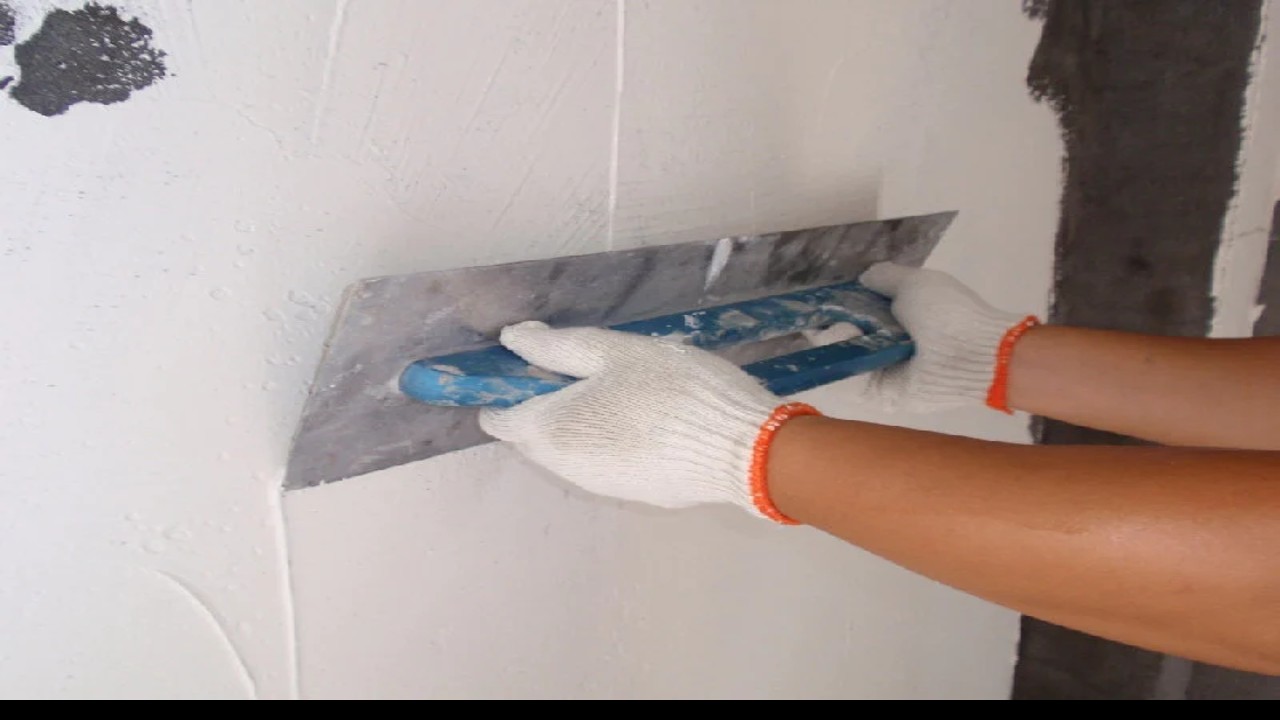
Higher Cost
One of the most significant disadvantages of white cement is its higher cost compared to gray cement. The specialized manufacturing process and the use of high-quality raw materials contribute to its elevated price point.
Susceptibility to Stains
White cement surfaces are more susceptible to stains and discoloration, especially in high-traffic areas or environments with exposure to substances like oils, pigments, and acidic materials. Proper maintenance and protective measures are essential to prevent staining.
Color Consistency
Achieving consistent color matching with white cement can be challenging due to variations in raw materials and manufacturing processes. This can lead to slight color variations between batches, affecting the overall aesthetics of a project.
Limited Availability
White cement might be less readily available compared to gray cement in some regions. This limited availability can lead to logistical challenges and potential delays in construction projects.
Specialized Expertise
Working with white cement requires specialized knowledge and expertise to ensure proper mixing, application, and finishing. Inexperienced workers might struggle to achieve the desired results, leading to potential project setbacks.
Curing Requirements
White cement has specific curing requirements to maintain its color and durability. Improper curing practices can result in discoloration or reduced strength, highlighting the need for careful attention during the curing process.
Reflective Glare
The reflective properties of white cement can sometimes create glare, especially in outdoor applications. This can be a concern in areas where excess glare might impact visibility and comfort.
Limited Pigment Range
While white cement can be pigmented to achieve various colors, the range of achievable colors might be more limited compared to other pigmented materials. This limitation can affect the creative possibilities in certain projects.
Potential Alkali-Silica Reaction
Although white cement generally has a lower alkali content, it’s not entirely immune to alkali-silica reaction (ASR), which can lead to concrete cracking and degradation over time.
Project-Specific Considerations
The decision to use white cement should be made based on the specific requirements of a project. While it offers unique aesthetics, its suitability depends on factors such as design goals, budget constraints, and local availability.
While white cement possesses distinct advantages, it’s important to weigh these benefits against the potential disadvantages. Careful consideration of cost, maintenance, and project-specific needs will help determine whether white cement is the right choice for a particular construction endeavor.
Importance of White Cement in Construction
White cement holds a crucial role in the construction industry, offering a range of benefits and applications that contribute to the creation of aesthetically pleasing, durable, and versatile structures. Its unique properties set it apart from traditional gray cement, making it a valuable material for various projects. Here’s why white cement is important in construction:
Aesthetic Excellence
White cement’s pure and clean appearance makes it a preferred choice for projects where aesthetics are paramount. It provides a blank canvas for architects and designers to craft visually appealing structures and surfaces.
Architectural Creativity
White cement enables architects to push the boundaries of design. It can be molded into intricate shapes, patterns, and forms, allowing for the creation of unique architectural elements that capture attention and admiration.
Versatile Color Palette
With the ability to be pigmented into a wide range of colors, white cement offers unparalleled versatility. This flexibility is particularly valuable in artistic and decorative applications, enabling the realization of vibrant and imaginative designs.
High Compressive Strength
White cement doesn’t just focus on aesthetics—it also offers impressive strength. Its high compressive strength ensures the structural integrity of buildings, providing longevity and stability to constructed elements.
Durability in All Climates
White cement’s resistance to harsh weather conditions, chemicals, and corrosion enhances its durability. This makes it suitable for both indoor and outdoor applications, across various climates and environments.
Reflective Properties
In regions with high solar radiation, white cement’s reflective properties help keep surfaces cooler. This quality is particularly valuable in hot climates, contributing to energy efficiency and user comfort.
Distinctive Interiors
White cement brings a sense of spaciousness and brightness to interior spaces. It’s frequently used for flooring, walls, countertops, and decorative elements, enhancing the visual appeal and ambiance of indoor environments.
Sustainable Aesthetics
As sustainable design gains importance, white cement aligns with the demand for eco-friendly materials. Its longevity, durability, and ability to reflect sunlight can contribute to energy-efficient buildings.
Iconic Landmarks
Many iconic architectural landmarks around the world feature white cement, attesting to its enduring allure and significance in creating structures that stand as symbols of innovation and beauty.
Integration with Technology
White cement seamlessly integrates with modern construction technologies, allowing for precision in design execution and ensuring that the final product meets the highest standards of quality.
White cement’s importance in construction extends beyond its visual appeal. Its ability to merge aesthetics with strength, durability, and versatility makes it an essential tool for architects, designers, and builders. From timeless landmarks to contemporary structures, white cement continues to shape the architectural landscape, offering a canvas on which creativity and innovation can flourish.
Applications of White Cement
White cement’s unique properties and aesthetic appeal make it a preferred choice for a wide range of construction projects. Its versatility allows it to shine in various applications, both functional and decorative. Here are some of the key applications of white cement:
Architectural Details: White cement is used to create intricate architectural details such as cornices, moldings, and decorative elements that add elegance and sophistication to buildings.
Facade Cladding
White cement is employed for cladding building facades, providing a clean and modern appearance that enhances the overall aesthetic appeal.
Flooring
White cement is used to create polished concrete floors that offer a sleek and minimalist look, suitable for modern interior designs.
Walls
White – cement is used for wall finishes, providing a bright and smooth surface that can be painted or decorated as desired.
Terrazzo Flooring
White cement based terrazzo is a popular choice for durable and visually striking flooring solutions in commercial and residential spaces.
Precast Concrete
White – cement is used to create precast concrete elements like panels, tiles, and decorative pieces that maintain their color and beauty over time.
Artistic Installations
Its ability to be pigmented makes white – cement an excellent medium for creating artistic sculptures, installations, and other decorative pieces.
Restoration Projects
White – cement is utilized in restoration projects to replicate historical architectural elements and maintain the authenticity of older structures.
Tile Grouts and Adhesives
White – cement based grouts and adhesives are used in tiling applications, providing a seamless and clean finish to tiles.
Swimming Pools
White – cement is chosen for its reflective properties in constructing pool surfaces, contributing to a vibrant and inviting pool environment.
Decorative Concrete
White – cement is used to create decorative concrete features like countertops, sinks, and fireplaces, adding a touch of elegance to interior designs.
Sculptures and Statues
The malleability of white – cement allows artists and sculptors to create intricate and detailed sculptures and statues.
Architectural Accents
White cement is used to craft architectural accents like balusters, columns, and capitals, enhancing the visual appeal of buildings.
Monuments
White – cement is selected for monumental structures due to its durability and ability to maintain its color over time.
Modern Landscaping
In landscaping, white – cement is used for pathways, stepping stones, and other hardscaping elements that add a contemporary touch.
White – cement’s applications span from functional to artistic, making it a versatile material in the construction industry. Its ability to blend aesthetics with strength and durability opens up a world of possibilities for architects, designers, and builders seeking to create structures and spaces that captivate the eye and stand the test of time.
Future of White Cement
The future of white – cement holds exciting prospects as the construction industry continues to evolve, placing increasing emphasis on sustainability, aesthetics, and innovation. White – cement, with its unique properties and versatile applications, is poised to play a significant role in shaping the industry’s trajectory. Here’s a glimpse into the potential future of white cement:
Sustainable Construction: As sustainability takes center stage, white – cement’s durability, low maintenance requirements, and energy-efficient properties position it as a sustainable alternative for construction materials. Its reflective nature can contribute to reducing energy consumption in buildings.
Green Architecture: White – cement’s ability to reflect sunlight can contribute to the development of green architecture, helping in achieving energy efficiency goals and creating comfortable indoor environments.
Advanced Formulations: Research and development efforts are likely to result in advanced formulations of white – cement, further enhancing its durability, strength, and aesthetic potential.
Smart Buildings: White – cement could find applications in the construction of smart buildings, complementing the integration of technologies that monitor and optimize energy use and environmental conditions.
Innovative Designs: Architects and designers will continue to explore innovative ways to use white – cement to create unique and captivating designs, pushing the boundaries of traditional construction aesthetics.
Digital Design Tools: Advancements in digital design tools and simulations will enable architects to visualize and experiment with white – cement’s applications, leading to more precise and creative design outcomes.
Customization: White – cement’s ability to be pigmented offers opportunities for customization, allowing architects to tailor colors to suit specific design visions and project requirements.
Restoration and Preservation: White – cement’s role in restoration and preservation projects will gain prominence as efforts to conserve historical structures and landmarks increase.
Art and Sculpture: The malleability and versatility of white – cement will continue to make it a favored medium for artists and sculptors, enabling the creation of intricate and expressive art pieces.
Global Appeal
As the global design community becomes more connected, white cement’s appeal will transcend borders, leading to its increased adoption in various cultural contexts.
Resilient Infrastructure
White – cement’s resistance to weathering and chemical degradation will contribute to its use in resilient infrastructure projects that withstand the challenges of changing environments.
Urban Landscaping
The potential for white – cement in urban landscaping projects, such as pedestrian pathways, plazas, and public art installations, will gain recognition for its ability to enhance city aesthetics.
The future of white – cement holds a dynamic blend of sustainability, innovation, and artistic expression. Its role in construction will extend beyond functionality to encompass aesthetics, comfort, and environmental responsibility. As the industry seeks to balance technological advancement with timeless design principles, white cement stands ready to meet the challenges and opportunities of the evolving built environment.
White Cement Price
Check White Cement Price – Click Here
Conclusion
White – cement’s significance in the construction industry goes beyond its functional utility. It merges practicality with aesthetics, offering a canvas for architects and builders to create visually striking structures that stand the test of time.
Frequently Asked Questions (FAQs)
Is white – cement as strong as gray cement?
White – cement possesses comparable strength to gray cement and can be used in various load-bearing applications.
Can white – cement be used in outdoor projects?
Absolutely, white – cement’s durability and resistance to weathering make it suitable for outdoor applications.
How does white – cement achieve its color consistency?
White – cement’s consistent color is achieved by using raw materials with low iron and magnesium content.
Is white cement eco-friendly?
While the production process can have environmental impacts, efforts are being made to enhance the sustainability of white – cement production.
Where can I get white – cement?
You can find white – cement at construction material suppliers and specialized retailers.




